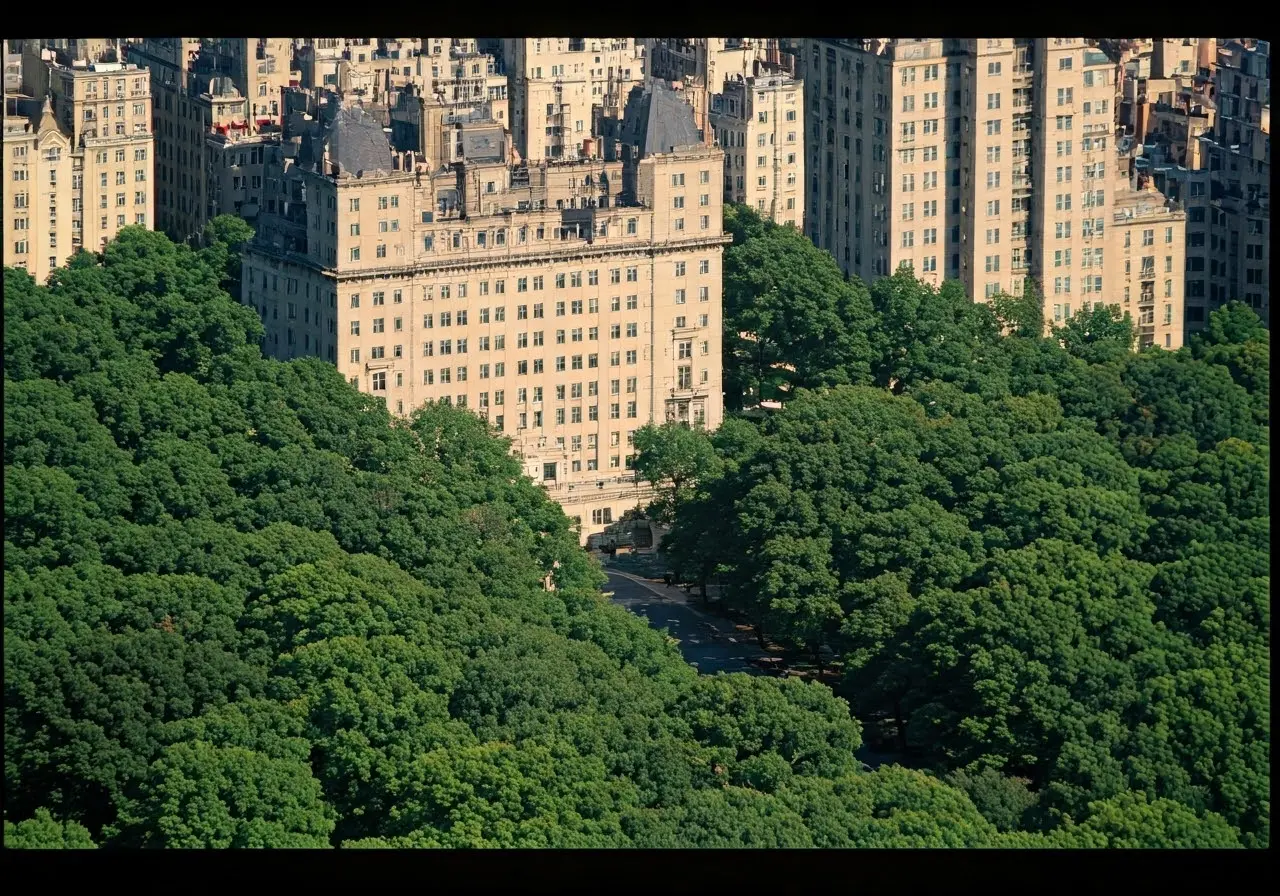Nestled in the heart of New York City’s Upper West Side, The Dakota is a building enveloped in mystery, history, and architectural beauty. Let’s dive into what makes The Dakota so iconic and explore its many fascinating facets.
What is The Dakota known for?
The Dakota is renowned for its architectural grandeur, celebrity residents, and rich history. This iconic building is a fixture in the cultural landscape of New York City.
The Dakota’s unique design was a marvel at the time of its construction and continues to captivate architects and historians alike. Its robust, castle-like presence and elaborate interiors embody an era of luxury that resonates with the prestige of its past and present inhabitants. The Dakota is not just famous for its design but also for being home to many of the city’s artistic elite, making it a symbol of New York’s cultural tapestry.
From film sets to novels, The Dakota has captured the imagination of writers and filmmakers worldwide. It served as the exterior setting for the iconic movie ‘Rosemary’s Baby,’ adding a mysterious allure to its narrative. Such media portrayals have cemented its status as a part of popular culture.
When was The Dakota built?
Completed in 1884, The Dakota was designed by architect Henry J. Hardenbergh, showcasing a stunning example of Renaissance Revival architecture.
During the late 19th century, the Upper West Side was largely undeveloped, which made The Dakota’s construction a groundbreaking project that spurred further development in the area. Its completion heralded a shift in living standards, setting a new benchmark for luxury apartments in Manhattan.
The establishment of The Dakota is intrinsically linked to economic growth in New York City. It played a pivotal role in popularizing the concept of high-scale apartment living, marked by its carefully designed living spaces and thoughtful amenities that catered to an affluent class of residents.
Who are some famous residents?
Over the years, The Dakota has been home to numerous celebrities, including John Lennon and Yoko Ono, and many others from the entertainment and arts industries.
Not only did John Lennon reside here until his untimely death, but many other stars have graced its halls. Leonard Bernstein, the esteemed conductor, and composer, called The Dakota his home for decades. Recent years have continued this tradition with residents that include popular artists and influential figures in media and culture.
Interestingly, living in The Dakota comes with its own set of requirements. The co-op board, famous for its exclusivity, has turned down famous names over the years, including famous rock stars and actors, adding to the intrigue and allure surrounding its residents.
What makes The Dakota’s architecture unique?
The Dakota boasts intricate design elements like dark brickwork, gabled roofs, and arched entries, blending German Renaissance with French architectural influences.
The building’s courtyard is a sight to behold. It’s designed to allow carriages to circle, reflecting a time when such a feature was a mark of modern sophistication. The attention to detail in every aspect of its construction, from the moldings to the woodwork, speaks to the high level of craftsmanship of the time.
Walking through The Dakota, one is immediately enveloped in an atmosphere that is both grandiose and intimate. Hardwood floors, fireplaces in every apartment, and ornate staircases lend a grandeur reminiscent of a European palace, yet each space feels uniquely welcoming and resonant with stories of its past occupants.
Are there any famous events associated with The Dakota?
One of the most notable events in The Dakota’s history is the tragic assassination of John Lennon in 1980 right outside its doors. This event garnered global attention and solidified its place in history.
In addition to such pivotal moments, The Dakota is frequently visited by historians and enthusiasts intrigued by its rich connective fabric to New York’s history. The building’s fascinating evolution reflects broader shifts in American architectural and cultural trends from the late 19th century onward.
Beyond tragic moments, The Dakota has also been the site of numerous celebrations and gatherings that reflect New York City’s dynamic social scene. Residents frequently held extravagant parties, contributing to a reputation of hosting some of the city’s grandest and most memorable events.
Wrapping Up the Mystery of The Dakota
The Dakota stands as a beacon of architectural splendor and cultural significance, capturing the hearts and imaginations of many. Whether it’s the building’s storied past or its famed residents, The Dakota continues to be a landmark in its own right.


